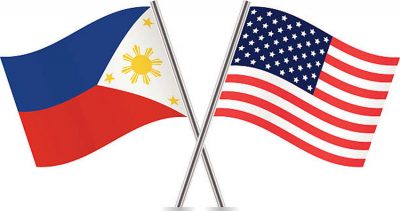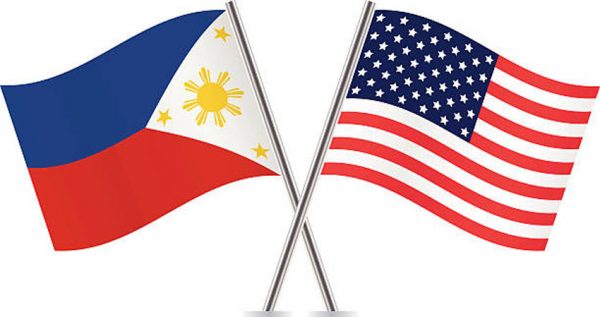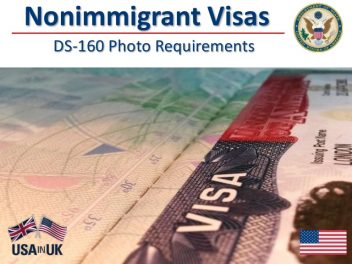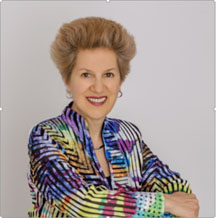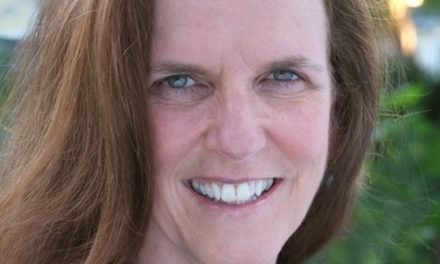By Kumar Balani
Most columnists discuss controversial issues, and going forward we certainly will do that as well, but in this my first column, let’s begin with something you can smile about and probably strive toward, which is to immigrate to the United States. Success starts with information, so let me lay out why Filipinos in the United Sates are generally doing well in terms of the state of their personal economics.
Based on previous years’ population growth numbers, there are most likely over four million Filipinos living in the United States today, both through immigration and birth with Filipino parents, according to Pew Research Center statistics. They grew from 2.35 million in 2000 to 3.41 million in 2010 to 3.89 million in 2015.
As of 2015, the most recent year for which Pew Research Center has available statistics, almost a third of all Filipinos were living in California, including in Los Angeles, San Francisco, San Diego, Riverside, and San Jose, being the largest population centers in that order. Other areas with large Filipino communities were (as they still are today) : New York, Honolulu, Las Vegas, Seattle, and Chicago.
Living close to other Filipinos enables receiving crucially important, formal and informal guidance in seeking employment, starting a business, making key financial decisions, as well as on immigration matters including status adjustment from nonimmigrant visas to getting a green card that represents permanent residence.
On average three of four Filipinos are proficient in English, while among those born in the United States, almost all – 97 percent – speak this language that is essential to social interaction, and business and job success. This puts Filipinos ahead of other Asians, among which on average, only seven out of ten have English proficiency.
While Pew Center figures show that only 40 percent of foreign-born Filipinos have a bachelor’s degree, this is a very low number perhaps because domestic helpers (temporary and permanent) who typically do not have college degrees, were included in the count. At least 70 percent of most Asian immigrants in the U.S. possess at least a bachelor’s degree, which is essential to good-paying jobs and career advancement.
On the whole, Filipinos in the United States had a median household income of $80,000 in 2015, with foreign-born members having $83,000 and U.S.-born Filipinos having $73,000. This difference could be due to higher-earning Filipino immigrant professionals including nurses and doctors that are in high demand in the U.S. healthcare system.
Among all U.S. Filipinos, 62 percent own homes while 38 percent are renters. The median value of a California house ranges from $360,000 in Riverside to $580,000 in San Diego to $640,000 in Los Angeles to $950,000 or more in San Francisco, and to $1,292,000 in San Jose, according the national real estate company Zillow.
In large metro areas such as Chicago, Las Vegas, New York City (including its five boroughs) and Seattle, the median house prices respectively are $220,000, $265,000, $430,000, and $488,000, Take note that these are just home values that contribute to each family’s wealth.
How much wealth a family accumulates and builds is based on decisions on how much it wants to owe (mortgage) versus how much they want to own (home equity) and acquire other assets, including those that create income and// or rise in value.
Only a mere six percent of foreign-born and almost nine percent of U.S.-born Filipinos were found to be living at a poverty level. As the U.S. economy has been doing quite well in recent decades with low unemployment levels, and in recent years, accelerating rates of growth of its Gross Domestic Product, these numbers – incomes and home ownership – are likely to rise for everyone in the United States, including immigrants such as Filipinos
This article first appeared in the Issues and Views column in the September 04, 2018 issue of the Daily Tribune in the Philippine: Click here:http://tribune.net.ph/index.php/category/commentary/page/2/.
Kumar (Kem) Balani has a dual background in business and journalism. He owns a company that previously exported American brand-name products to the Far East. He is founder and currently publisher of BIZ INDIA Online News (www.BizIndia.net) that followed the print publication BIZ INDIA Magazine begun in 2002. He lived in Manila from 1960 to 1974, obtaining an AB Journalism degree from the University of the Philippines in 1972. He then received an MA in International Politics in 1977 from New York University.

